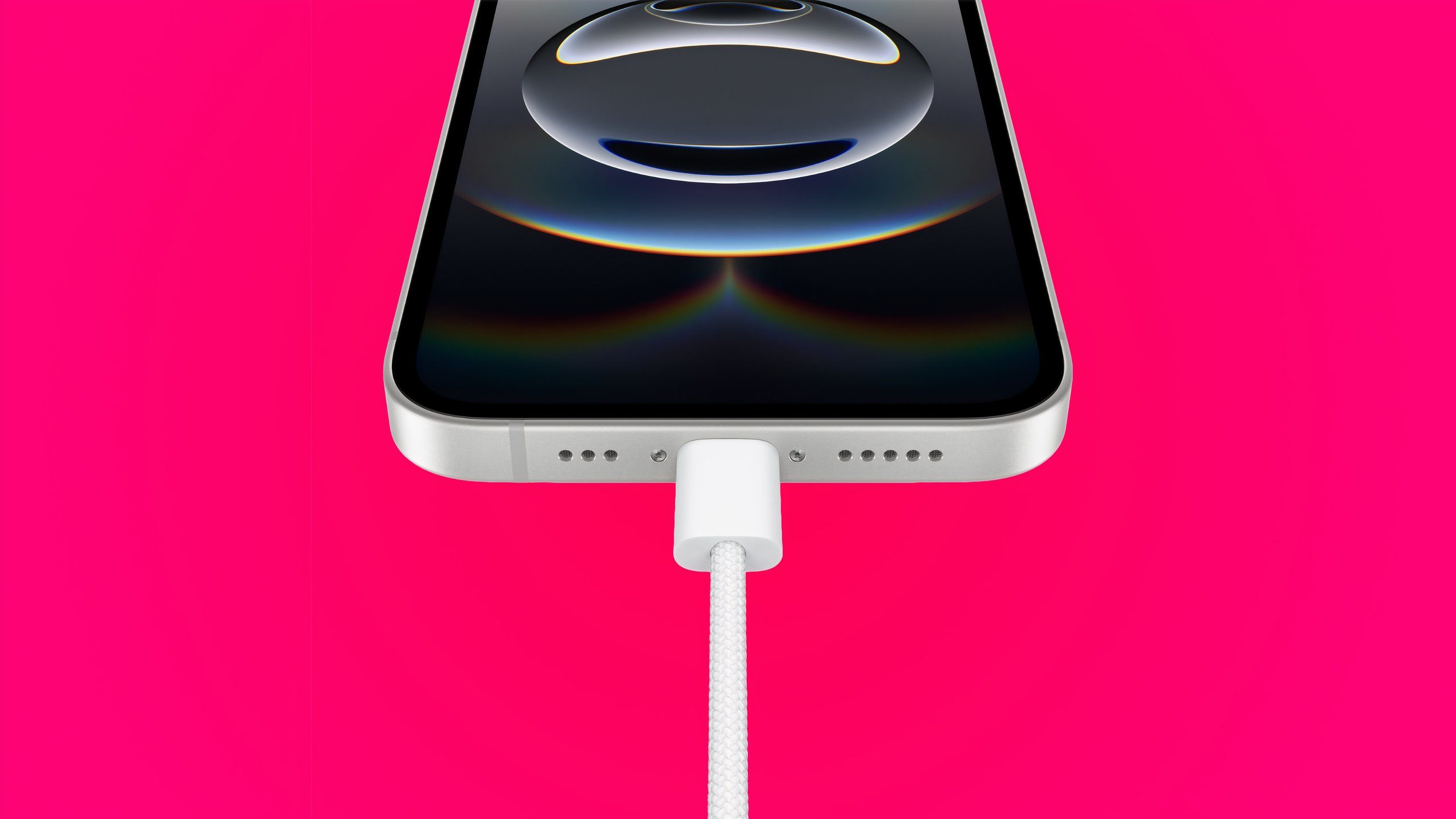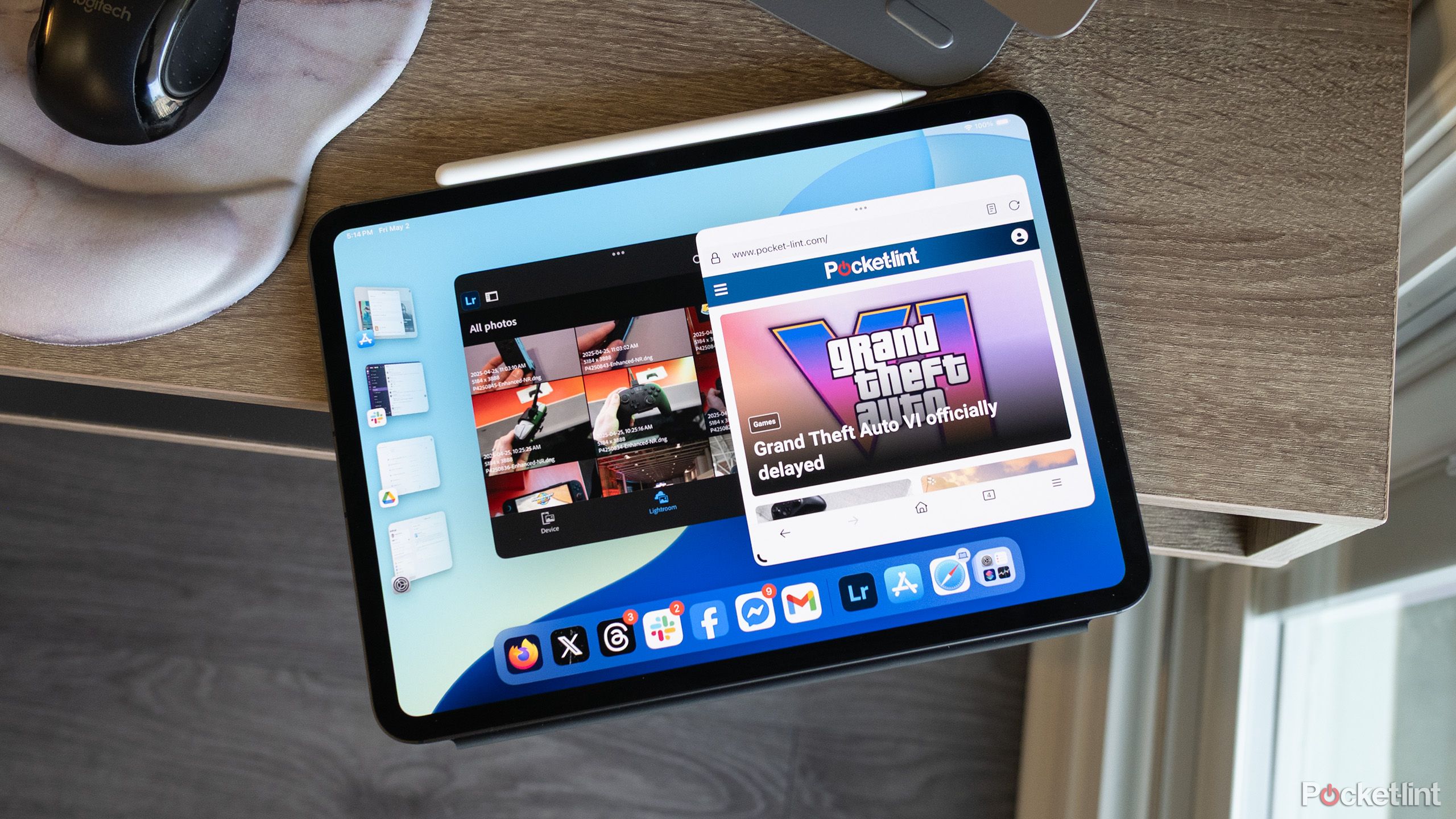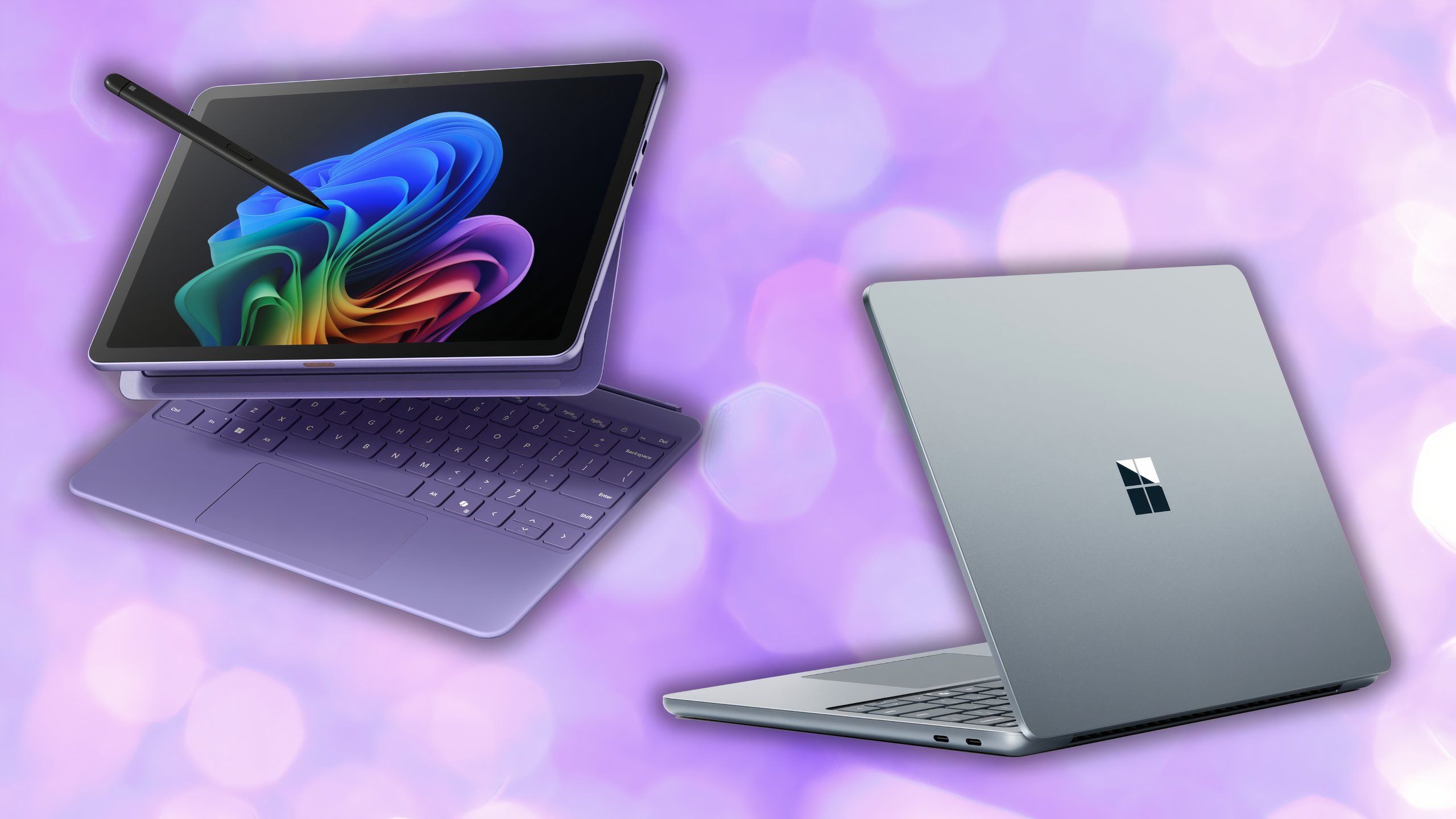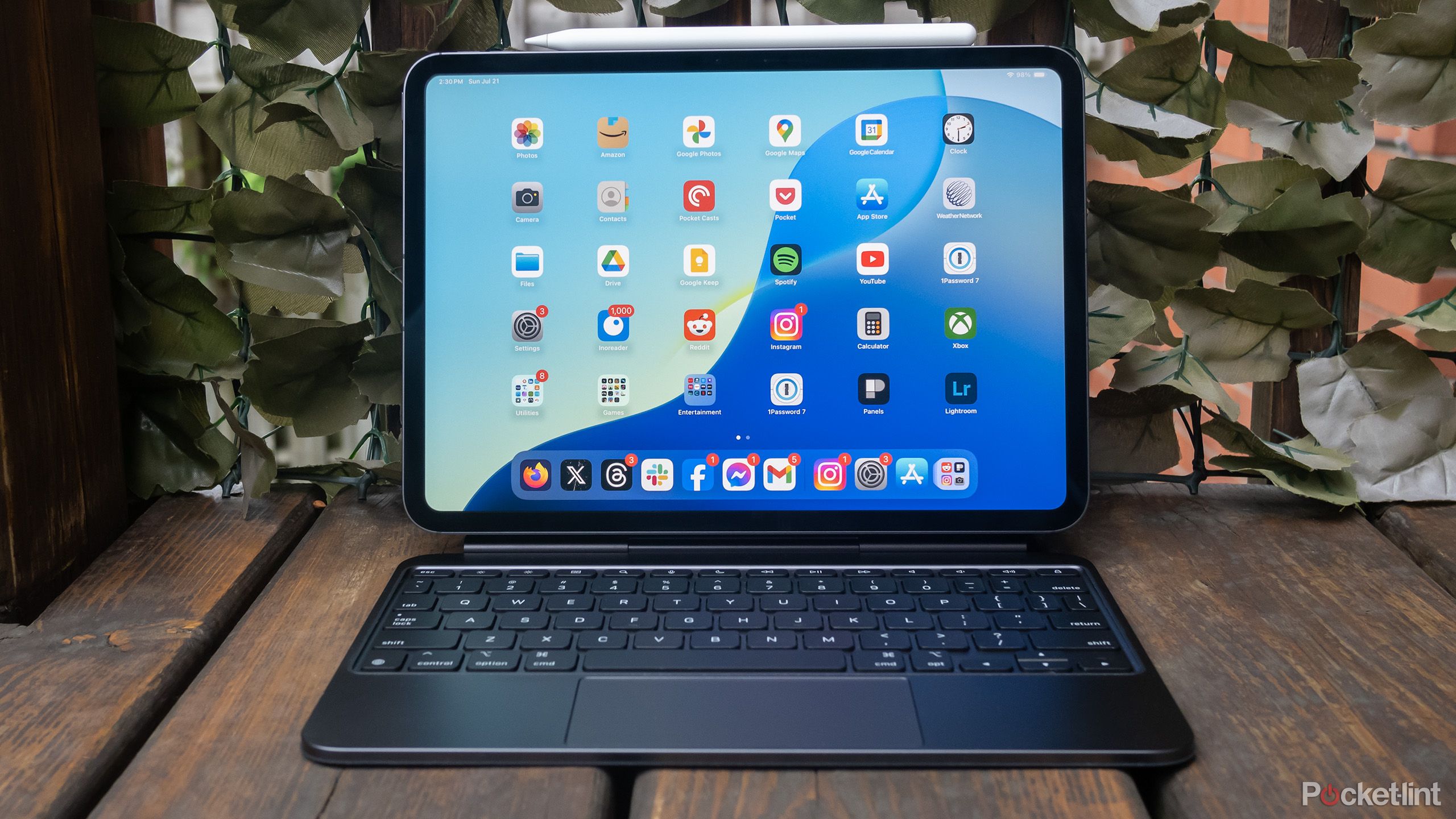Summary
- Microsoft’s new Surface devices offer reduced size and weight, but compromise on processor power and other specs.
- They’re not even cheaper than their predecessors.
- Given competition from the Apple iPad and the many Windows devices out there, Microsoft might be better off focusing on performance than portability.
Microsoft doesn’t churn out new PC hardware all that often, what with cloud services,
Windows
, and
gaming
being more important to its bottom line. When it does, then, us journalists perk up for a moment — it’s at least unusual, and sometimes, it may be symbolic of where the company expects PCs to go. There’s a reason why
Windows 8
featured its much-despised tile interface — Microsoft thought that tablets like the Surface Pro (and, by extension, Apple’s
iPad
) would play a much more important role.
That’s why I’m scratching my head a little bit about the latest Surface devices. You can now get a smaller 12-inch Surface Pro, and a similarly shrunken 13-inch Surface Laptop. They don’t seem bad — though I haven’t had any hands-on time yet — but they do feel both redundant and crippled, perhaps representative of some greater issues with the Surface lineup.
Related
Can an iPad finally replace a laptop in 2025?
Maybe, but be prepared to spend on some key services and accessories.
Size does matter
But not performance, apparently
Pocket-lint / Microsoft
The 12-inch Surface Pro is an odd beast with some significant sacrifices. Your only processor choice is an eight-core Snapdragon X Plus chip, down from the 10-core Plus and 12-core Snapdragon X Elite options for the 13-inch tablet. You’re also capped at 16GB of RAM, and either 256 or 512GB of internal UFS storage. Sorry, customization fans — no removable SSD here. There’s no option for an OLED display, either, and its USB, wireless, and front camera specs are reduced. You don’t even get the same number of first-party accessory options — you’re limited to the Surface Keyboard and the Surface Slim Pen.
What do you gain from all of these tradeoffs? The main things are size and weight.
Similar things can be said about the 13-inch Laptop, which has identical processor, RAM, and storage limits. Its wireless and front camera specs haven’t suffered majorly versus the 13.8- and 15-inch models, but you can’t use the front camera for Windows Hello authentication, and the new LCD panel is markedly inferior, with a 60Hz refresh rate and only 400 nits of peak brightness. You won’t want to use the computer outdoors unless you’re in the shade.
Neither product has a Surface Connect port. That may be just as well, since I’ve never liked the idea of brand-specific ports, and you can still use USB or Bluetooth for anything you want to connect.
What do you gain from all of these tradeoffs? The main things are size and weight. The new Surface Pro is not only more compact, but half a pound lighter, which is pretty significant in the world of handheld devices. The new Laptop is only marginally smaller, but it is at least 0.3 pounds lighter at 2.7 pounds, which matches Apple’s MacBook Air.
You’d think price would be another advantage, but you’d be wrong. The 13-inch Surface Pro is on sale for $800 at the moment, putting it on par with the 12-inch model. Things are even crazier with the Laptop, since you can currently get a larger one for $800, whereas the 13-inch one is $900. Presumably, this situation will sort itself out in the near future, maybe by the time you read this.

Related
Apple’s USB-C transition is a confusing mess (and that might be on purpose)
Apple’s version of USB is hardly as universal as it could be.
Where is Microsoft going with all of this?
A confused strategy
Microsoft
The fact that Microsoft launched the products with odd pricing and reduced specs suggests that it feels size and weight are immensely important. In terms of the overall tablet and laptop markets, they may be right. My own tablet is an 11-inch iPad Pro, and while I sometimes wish I had the 13-inch version, the one I have is considerably more portable and comfortable to hold. I do read using my iPad, occasionally — there’s no way I’d want to hold a 13-inch iPad for more than a few minutes at a time.
My issue with Microsoft is that few people buy a Surface purely for media consumption, or even tasks like note-taking. They buy one because they want a general-purpose Windows computer with a touchscreen, and in that regard, I doubt they care that much more about portability than someone getting a third-party laptop. The Pro has always been too heavy to hold one-handed, and still is, with the 12-inch model weighing in at 1.5 pounds. The new Laptop’s differences are too marginal to matter, even if you’re sprinting across an airport terminal with a loaded backpack — which I’ve done multiple times, by the way.
You’re paying quite a premium for what Microsoft considers important.
The new devices should gain a little more value once their prices return to the realm of sanity, but it’s hard to imagine anyone getting excited over a scaled-back Snapdragon X Plus. It might be functional, but only enough for basic apps like Word or Chrome. Many games don’t run well on the 10-core Plus chip, never mind dropping a couple of cores, or removing the option for 32GB of RAM.
Indeed, a lot of people will probably still be better off with an Intel- or AMD-based Windows laptop, especially if it has a dedicated GPU. Microsoft has made significant strides towards improving Windows’ ARM compatibility and efficiency, yet you might get better performance out of an $800 or $900 gaming laptop you find on Amazon.
You’re paying quite a premium for what Microsoft considers important.

Related
Stage Manager may be coming to the iPhone, and that’s a really big deal
It could be the first step towards making the iPhone a do-it-all device.
The elephant in the room
Microsoft versus the world
Reduced size and weight are welcome options in the Surface lineup, but not at the expense of performance. It’s a competition Microsoft can’t win. An 11-inch iPad Air with an M3 chip is going to smoke a Surface Pro in all three categories, and like I said, the Surface Laptop is facing off against an army of rivals, against which Microsoft has no gigantic advantage. It’s not even the only
Copilot
PC maker.
Personally, I feel Microsoft would be better off leaning into performance and versatility, even if there’s a small hit to portability.
Personally, I feel Microsoft would be better off leaning into performance and versatility, even if there’s a small hit to portability. I’ve always been attracted to the form factor of the Surface Pro, but turned off by what I can actually do with one. If I can jump from Word to Chrome to Photoshop to PUBG without skipping a beat, that’s when I’ll know a Surface might be worth my cash.

You might also like
Everything you need to know about PEVs, or personal electric vehicles
You can use PEVs to explore, run errands, or speed up your commute.
Trending Products

Logitech MK470 Slim Wireless Keyboard and Mouse Co...

Wireless Keyboard and Mouse Combo, 2.4G Silent Cor...

HP 17.3″ FHD Business Laptop 2024, 32GB RAM,...

Wireless Keyboard and Mouse Ultra Slim Combo, TopM...














